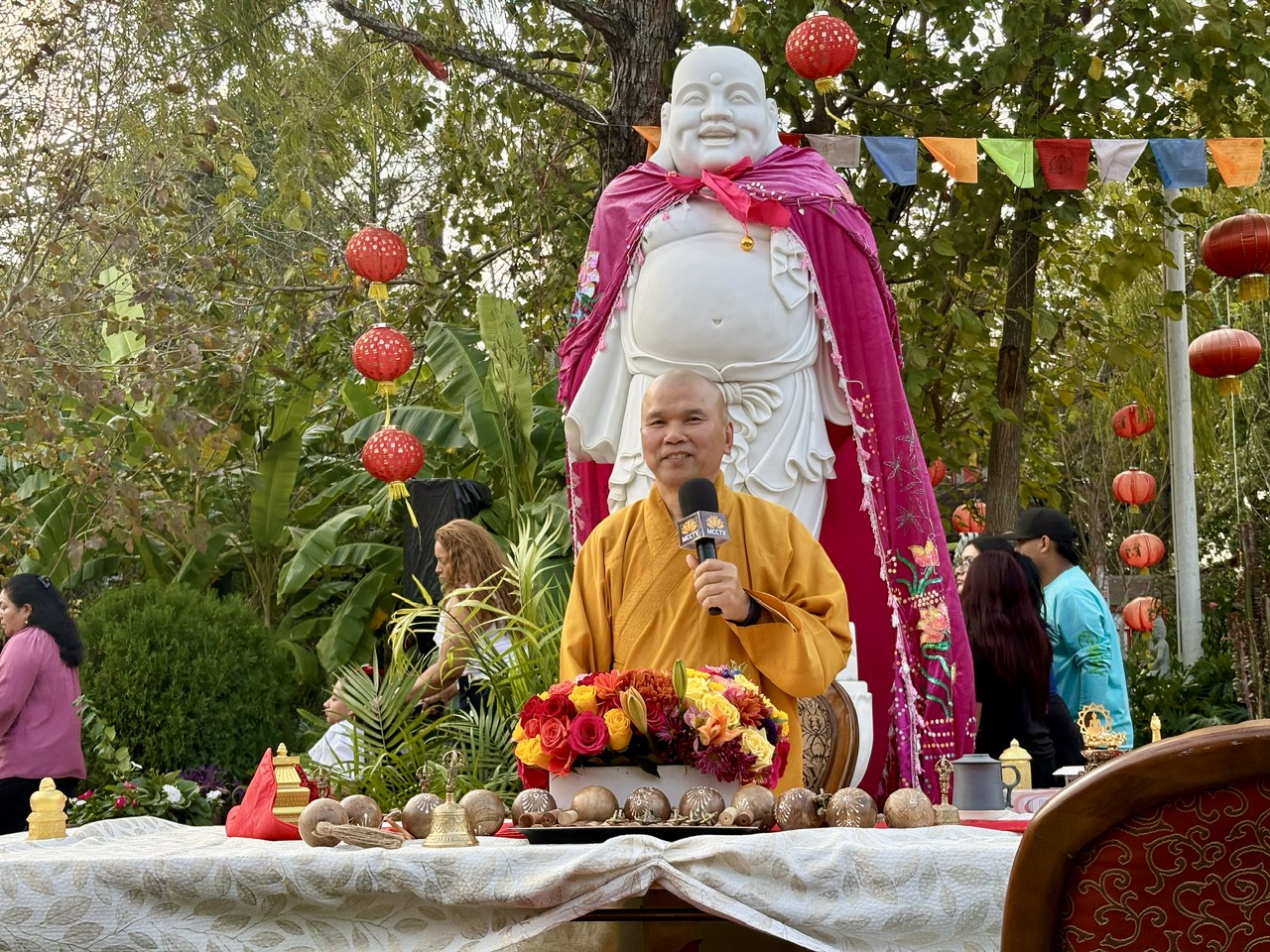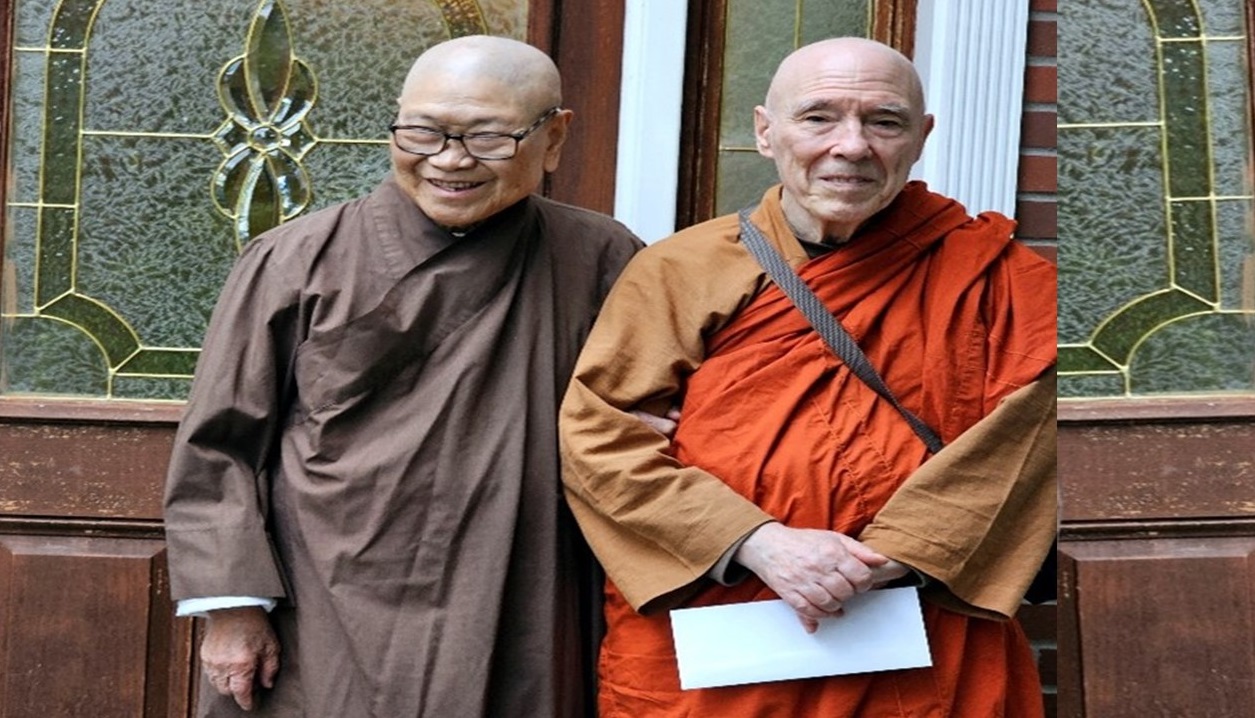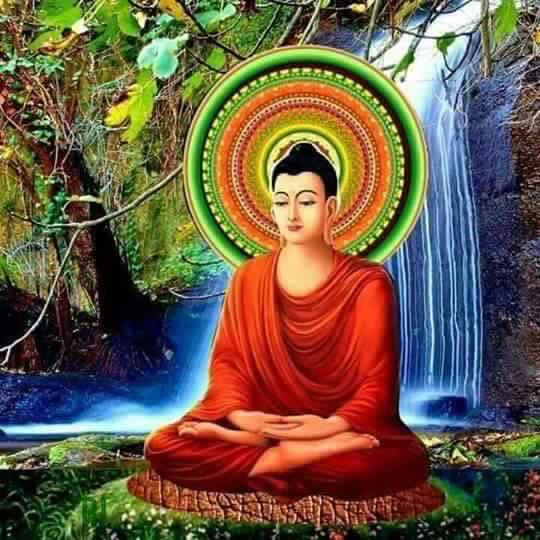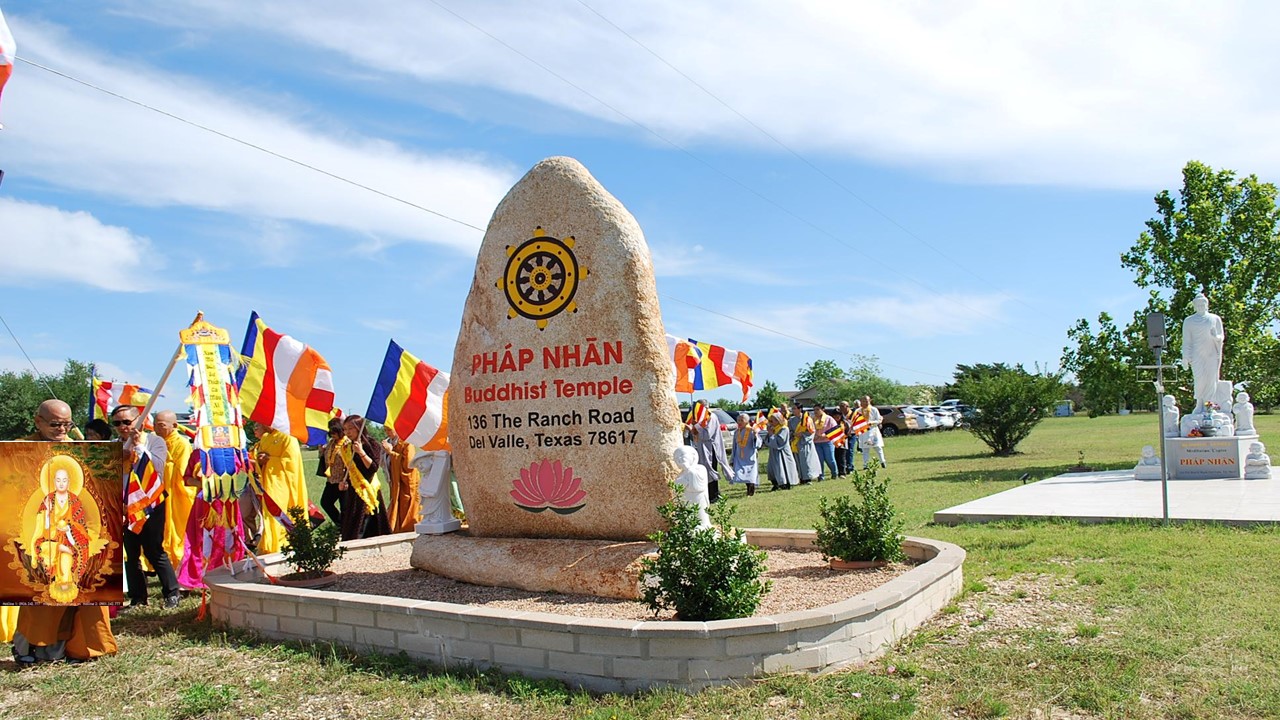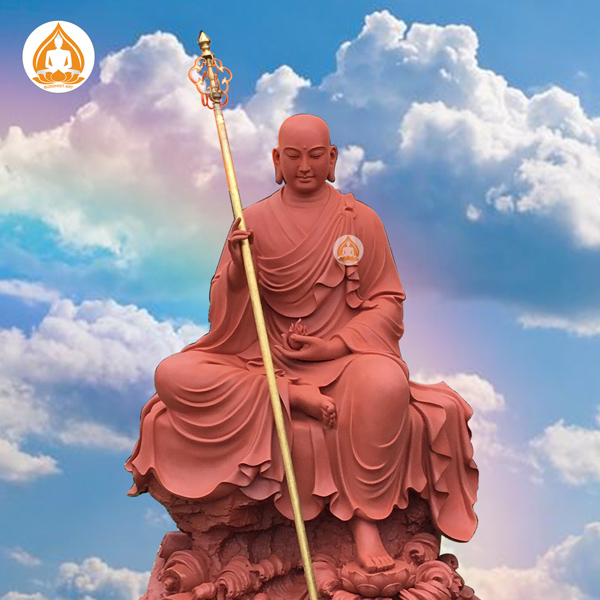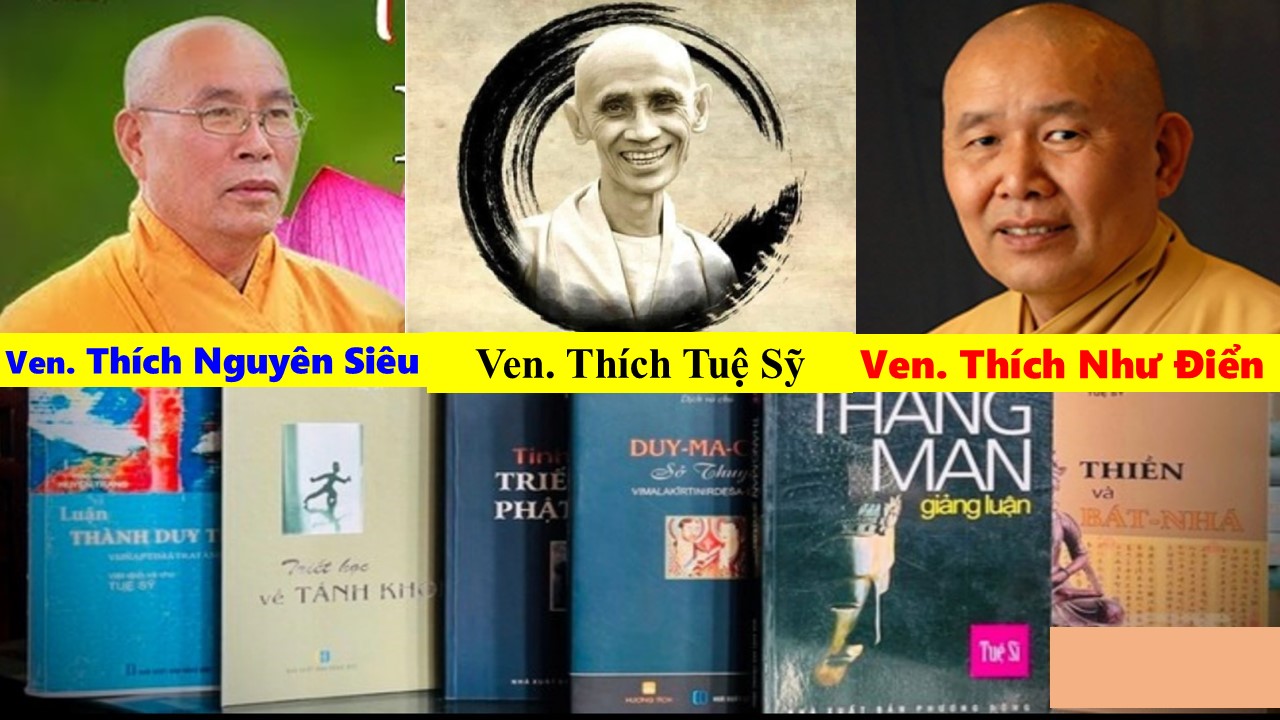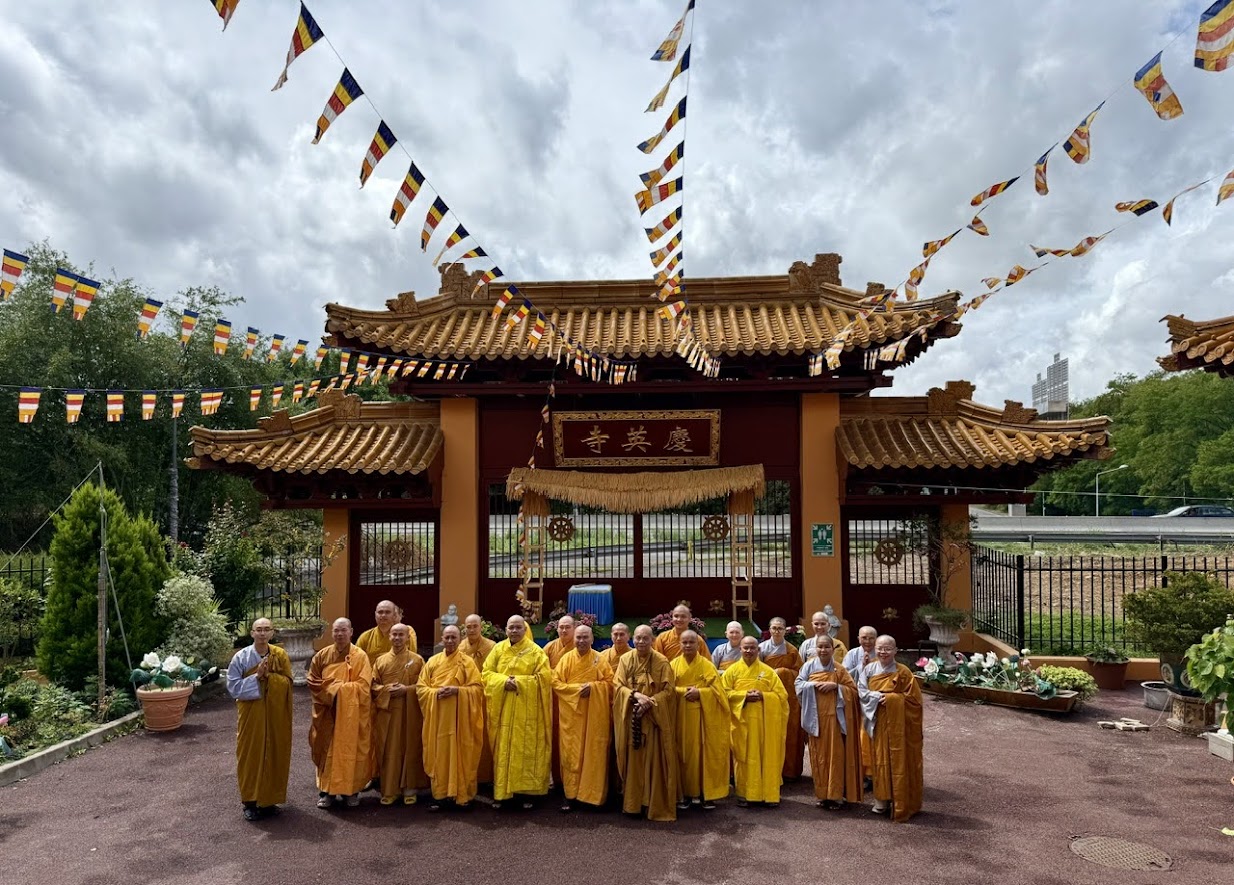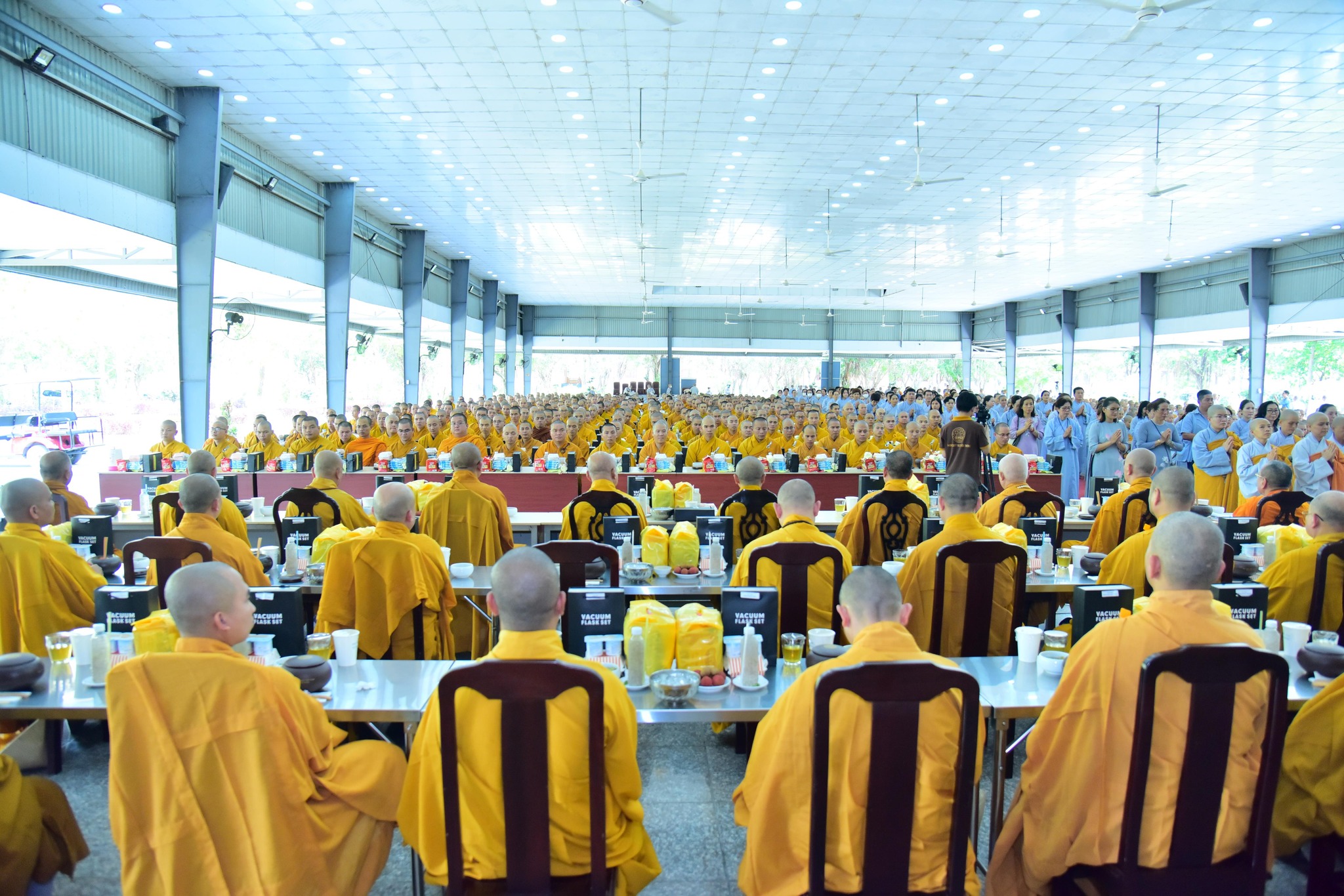Dharmacharya Andrew. J. Williams
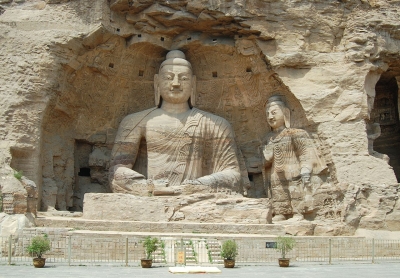
A BRIEF HISTORY OF BUDDHISM PART 9 –
THE BEGINNING OF THE RISE OF THE MAHAYANA TRADITION
(1st Century BCE-2nd Century CE)
●◆● ════ ◆◇◆════ ●◆●
“Although the Mahayana Teachings were existent and taught from the time of the Buddha, they were not openly revealed in Sutra’s to the general public until a later date.
It is suggested that the Prajnaparamita (Perfection of Wisdom) Sutra’s, which are among the earliest Mahayana Sutra’s, were revealed among the Mahasaṃghika lineage along the Kṛṣṇa River in the Andhra region of Southern India.
The earliest Mahayana Sutra’s discovered include the very first versions of the Prajnaparamita, along with texts concerning Akṣobhya Buddha, and appear to have been initially written down in the 1st Century BCE.”
●◆● ════ ◆◇◆════ ●◆●
~Dharmacharya Andrew. J. Williams~
A BRIEF HISTORY OF BUDDHISM Part 10 –
THE TWO FOURTH COUNCILS
●◆● ════ ◆◇◆════ ●◆●
“The Fourth Council is said to have been convened during the reign of the Kashmir emperor King Kaniṣka around 100 CE at Jalandhar or in Kashmir. Theravada Buddhism had its own Fourth Council in Sri Lanka about 200 years earlier in which it is said that the Pali Canon was written down for the first time. Therefore, there were two Fourth Councils: One in Sri Lanka by the Theravada tradition, and one in Kashmir by the Sarvastivadin tradition.
It is said that for the Fourth Council of Kashmir, King Kaniṣka gathered 500 monks headed by Venerable Vasumitra, partly, it seems, to compile extensive commentaries on the Abhidharma (Higher Knowledge or Buddhist philosophy and psychology teachings), although it is possible that some editorial work was carried out upon the existing canon itself.
During the council there were altogether three hundred thousand verses and over nine million statements compiled, taking twelve years to complete. The main fruit of this council was the compilation of the vast commentary known as the Maha-Vibhasha (Great Explanation), an extensive compendium and reference work on a portion of the Sarvastivadin Abhidharma.
Scholars believe that it was also around this time that a significant change was made in the language of the Sarvastivadin Canon, by converting an earlier Prakrit version into Sanskrit. Although this change was effected without loss of integrity to the canon, this event was of particular significance since Sanskrit was the sacred language of Brahmanism in India, and was also being used by other thinkers, regardless of their specific religious or philosophical allegiance, thus enabling a far wider audience to gain access to Buddhist ideas and practises. For this reason there was a growing tendency among Buddhist scholars in India thereafter to write their commentaries and treatises in Sanskrit.
Many of the early schools, however, such as Theravada, never switched to Sanskrit, partly because they believed the Buddha explicitly forbade translation of his discourses into what was regarded as an elitist religious language. They believed that he wanted his monks to use the local language of Pali instead, a language which could be understood by all.
Several scholars note that historians of Buddhist thought have been aware for quite some time that such pivotally important Mahayana Buddhist thinkers as Nagarjuna, Dignaga, Candrakirti, Aryadeva, and Bhavaviveka, among many others, formulated their theories and teachings while living in Buddhist communities in Andhra. They note that the ancient Buddhist sites in the lower Kṛṣṇa Valley, including Amaravati, Nagarjunakoṇḍa and Jaggayyapeṭa can be traced to at least the third century BCE, if not earlier. This evidence suggests that many early Mahayana scriptures originated in South India.”
●◆● ════ ◆◇◆════ ●◆●
~Dharmacharya Andrew. J. Williams~





